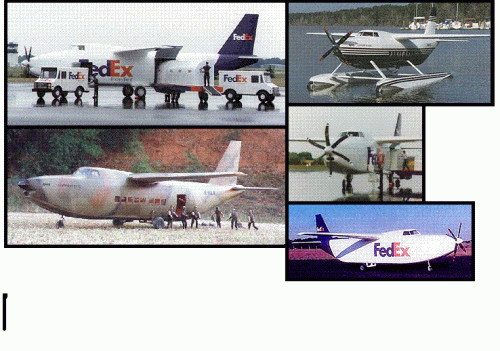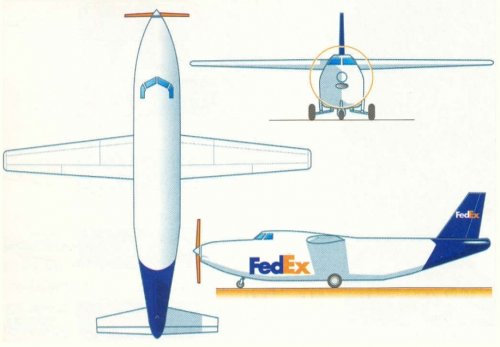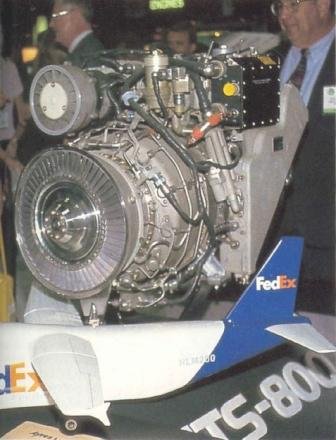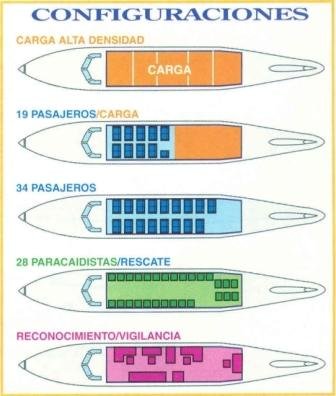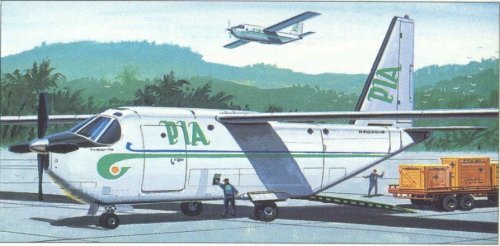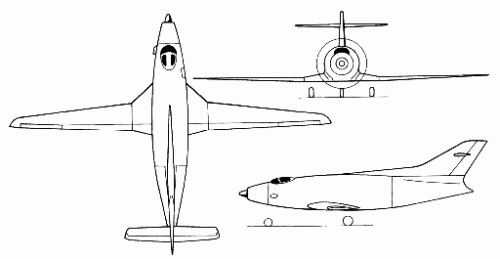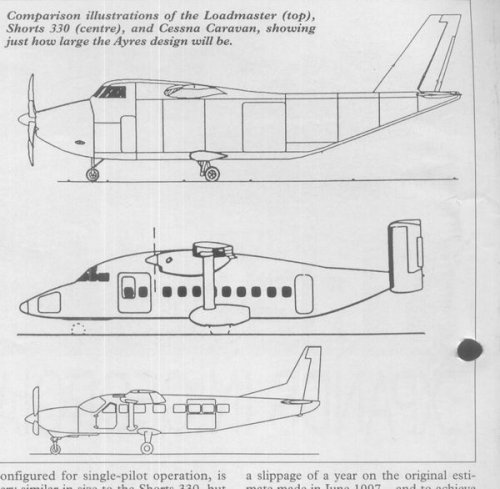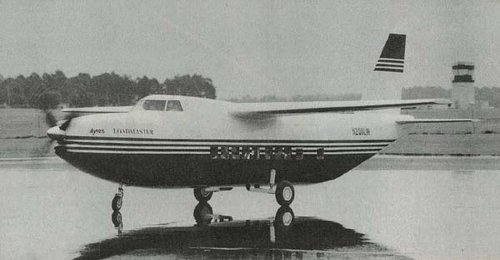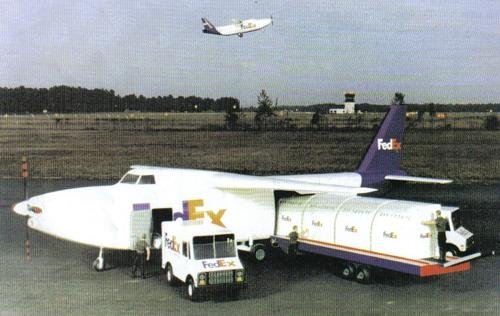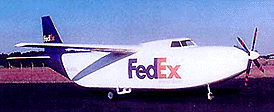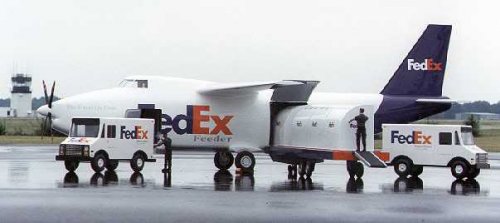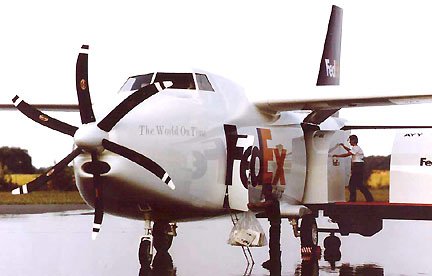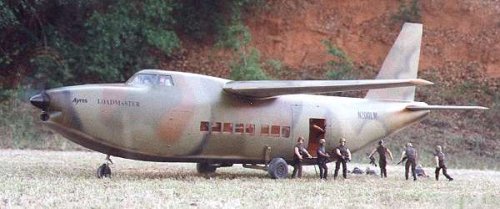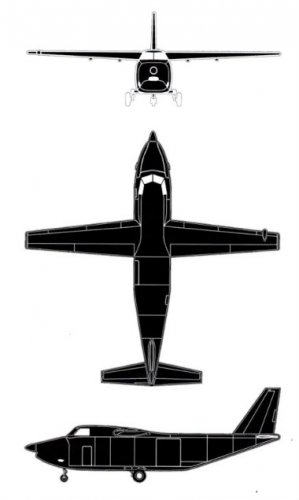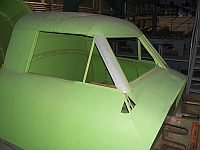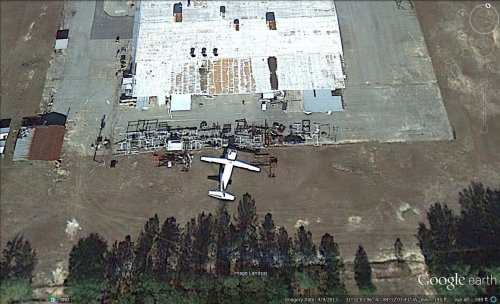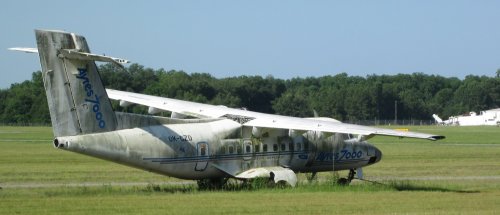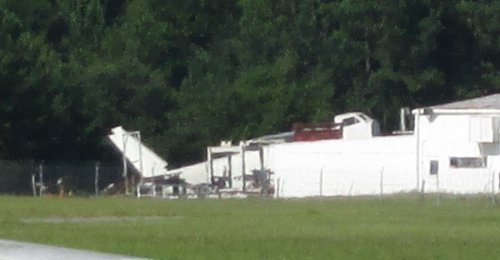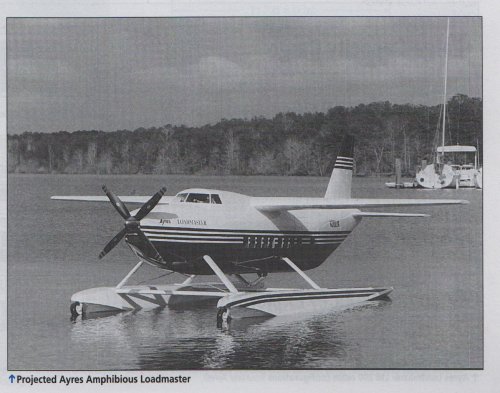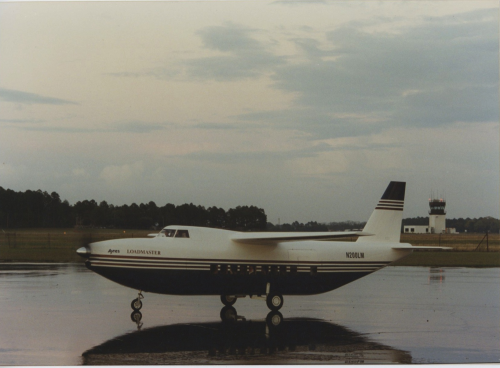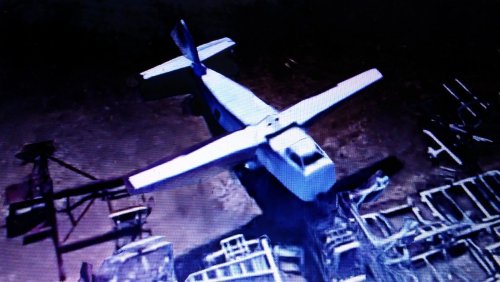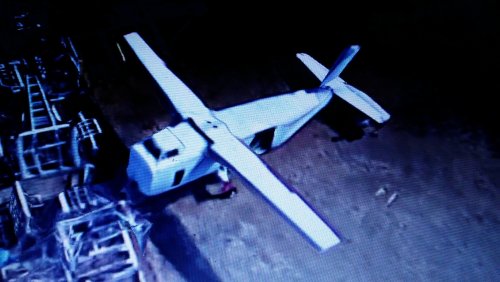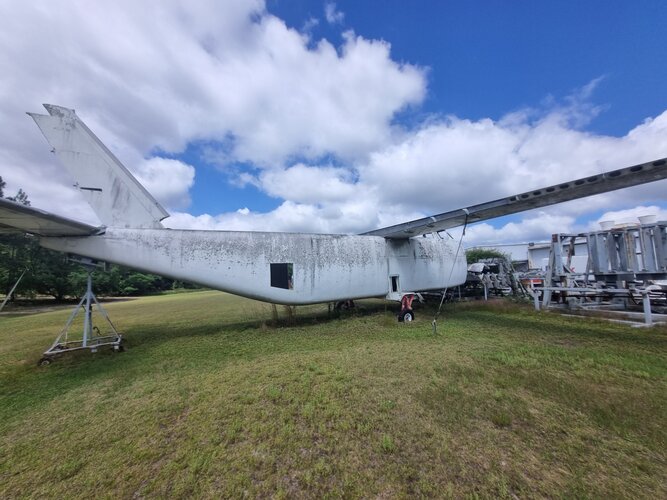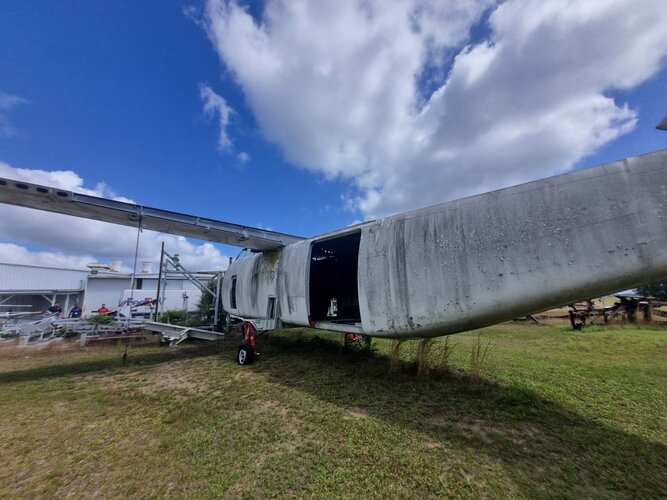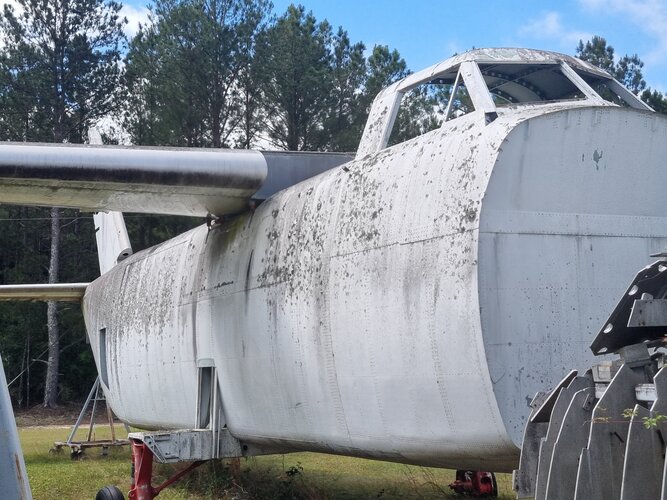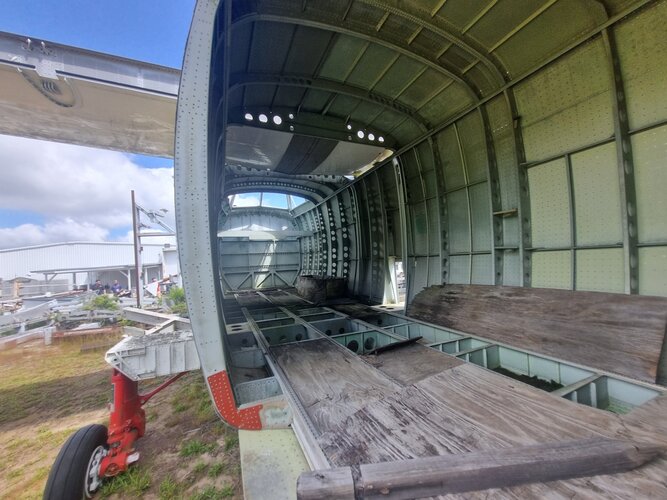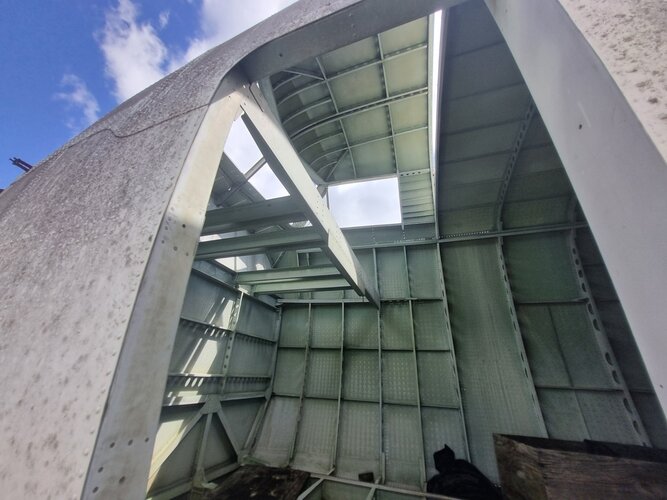ChuckAnderson
ACCESS: Confidential
- Joined
- 10 May 2006
- Messages
- 188
- Reaction score
- 38
Hi Everyone!
Presented here is information on the Ayres LM200 Loadmaster, which is described as a Multi-role Light Transport, (an interesting aircraft which, alas, never entered production.)
I've found plenty of photos of this aircraft but I've been unable to find any good three-views of it. (Could anyone provide any three-views and if so, could you post them on this website please?)
Tech Data follows.
Chuck
-------------------------------------------------------------------------------------------------
TECH DATA:
Ayers LM200 Loadmaster
Type:......................................Multi-role Light Transport
ACCOMODATION:
[Cargo]...................................7,500 lbs over 600 nautical miles or 6,000 lbs over 1,000 miles. The version for Federal Express was to carry four (4) 1,200 lb containers
[Passengers]............................19 passengers plus cargo, 32 passengers in high-density seating or 29 paratroops
VARIANTS:
(1) Standard Cargo
(2) Cargo/Passenger
(3) Passenger
(4) Paratroop
(5) Reconnaisance
***(It can also be configured with amphibian pontoons)***
DIMENSIONS:
[Wingspan]..............................19.5 m
[Length]..................................21.03 m
[Height]...................................6.86 m
[Cabin Height]...........................2.39 m
[Maximum Cabin Width]...............2.53 m
[Main Cargo Volume (Flat Floor)]....38.23 m3 (1350 ft3)
WEIGHTS:
[Empty].................................4082 kg
[Maximum Payload]...................3946 kg
[Maximum Fuel]........................1823 kg (600 gallons)
[Maximum Take-Off Weight].......8618 kg
POWERPLANT:
One (1) Allied Signal/Allison CTP800-4T {two (2) CTP800 turboshaft engines with GKN Westland-developed combining gearbox driving a single (1) 13-foot diameter 4-blade Hamilton Standard propeller.}
PERFORMANCE:
[Max Cruising Speed].....363 km/h (196 KTAS) @ 10,000 feet
Normal Cruising Speed....305 km/h (165 KTAS) @ 10,000 feet
Presented here is information on the Ayres LM200 Loadmaster, which is described as a Multi-role Light Transport, (an interesting aircraft which, alas, never entered production.)
I've found plenty of photos of this aircraft but I've been unable to find any good three-views of it. (Could anyone provide any three-views and if so, could you post them on this website please?)
Tech Data follows.
Chuck
-------------------------------------------------------------------------------------------------
TECH DATA:
Ayers LM200 Loadmaster
Type:......................................Multi-role Light Transport
ACCOMODATION:
[Cargo]...................................7,500 lbs over 600 nautical miles or 6,000 lbs over 1,000 miles. The version for Federal Express was to carry four (4) 1,200 lb containers
[Passengers]............................19 passengers plus cargo, 32 passengers in high-density seating or 29 paratroops
VARIANTS:
(1) Standard Cargo
(2) Cargo/Passenger
(3) Passenger
(4) Paratroop
(5) Reconnaisance
***(It can also be configured with amphibian pontoons)***
DIMENSIONS:
[Wingspan]..............................19.5 m
[Length]..................................21.03 m
[Height]...................................6.86 m
[Cabin Height]...........................2.39 m
[Maximum Cabin Width]...............2.53 m
[Main Cargo Volume (Flat Floor)]....38.23 m3 (1350 ft3)
WEIGHTS:
[Empty].................................4082 kg
[Maximum Payload]...................3946 kg
[Maximum Fuel]........................1823 kg (600 gallons)
[Maximum Take-Off Weight].......8618 kg
POWERPLANT:
One (1) Allied Signal/Allison CTP800-4T {two (2) CTP800 turboshaft engines with GKN Westland-developed combining gearbox driving a single (1) 13-foot diameter 4-blade Hamilton Standard propeller.}
PERFORMANCE:
[Max Cruising Speed].....363 km/h (196 KTAS) @ 10,000 feet
Normal Cruising Speed....305 km/h (165 KTAS) @ 10,000 feet

